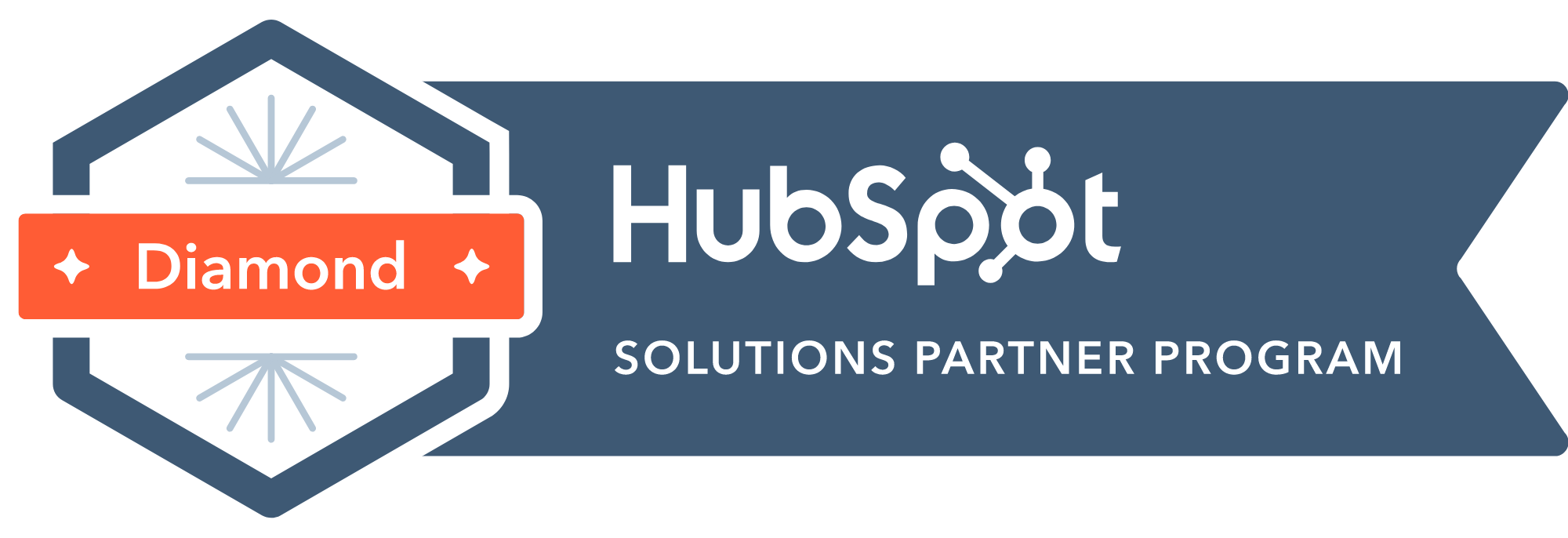Getting a new CRM up and running is hard enough when everyone is in the same office. Payroll Vault had 59 locations, with teams spread across multiple time zones. On top of that, users had different roles, different levels of experience, and different expectations.
The rollout needed to land with people who were skeptical, busy, and in some cases, unaware it was happening.
This is what made it work.
One size of training doesn’t fit anyone
A single onboarding webinar would have checked the box, but it wouldn’t have changed behavior. The team divided training by role and designed different tracks for different needs:
- Sales reps learned how to use the pipeline, log activity, and manage tasks
- Marketing users learned how to run campaigns, segment lists, and track conversions
- Reporting users learned how to build dashboards and monitor franchise-level activity
Each training track included live sessions, short videos, and written guides. Users could start where they were comfortable and go deeper as needed.
The schedule mattered as much as the material
Training didn’t start the week before go-live. It started during the pilot. That allowed time for feedback, updates, and iteration.
The full training cycle spanned 12 weeks and was delivered in waves:
- Week 1–4: Pilot group training and feedback
- Week 5–8: Core user training and live walkthroughs
- Week 9–12: Post-go-live reinforcement, office hours, and additional help desk content
Sessions were repeated across time zones and recorded for anyone who couldn’t attend live. Franchisees didn’t have to rearrange their schedules to participate.
Support stayed live after the rollout
Training covered how to use the system. Support covered everything that came next.
Franchisees had access to:
- A searchable knowledge base with screenshots and videos
- Role-specific help guides
- Live office hours for drop-in troubleshooting
- A point of contact who could escalate technical issues
Support wasn’t positioned as a catch-all inbox. It was part of the rollout strategy. That helped users feel like they had somewhere to go that wasn’t just a group chat or an internal workaround.
Adoption came from clarity, not pressure
Usage wasn’t driven by incentives or threats. It was driven by workflows that worked better than the old system.
After go-live:
- 4,671 contacts were added in a single month
- Over 5,000 actions were logged across the network
- Task usage jumped from 4 total in the prior system to 137 in 30 days
This happened because the system was easier to use, and the training made it obvious how to do the work.
You can’t train out a bad system
Training works when it’s connected to real tasks, real roles, and real outcomes. It doesn’t work when the CRM is built around abstract ideas or borrowed templates.
The implementation for Payroll Vault was designed to support adoption. The training supported the implementation. Both pieces had to work together.
Schedule a call if you’re planning a CRM rollout and want to avoid duct-taping training onto a system that won’t scale.




